Classrooms look a lot different than they did even 20 years ago
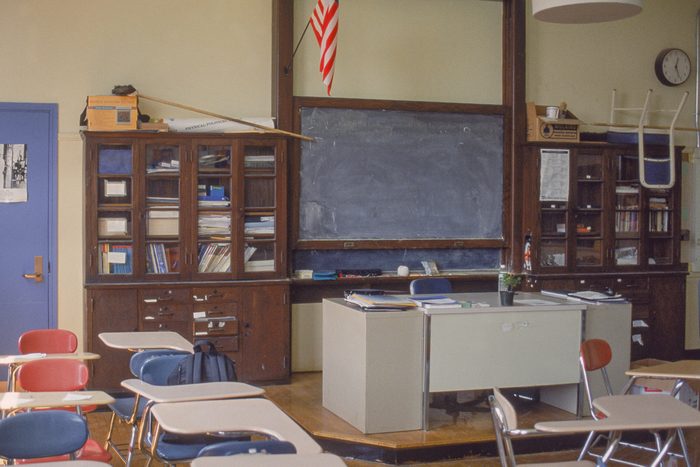
18 Things You Won’t Find in Schools Anymore

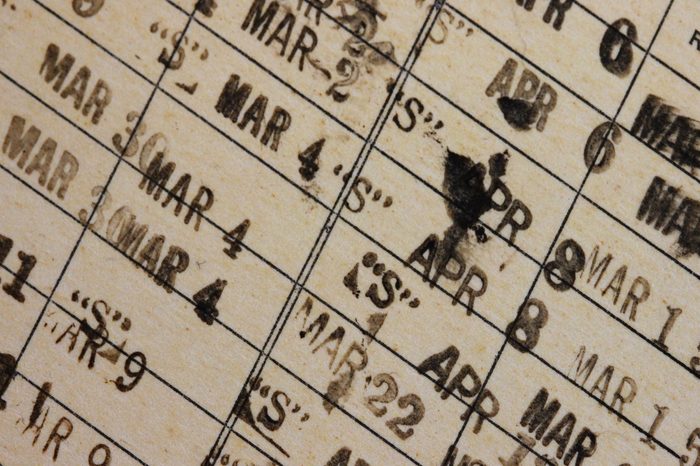
Library check-out cards
Do you remember browsing the list of names on the checkout card in your library book to see if you knew anyone on it? You could feel the rough card in your hand and hear the quiet thump of the date stamp. The smell of old paper made the whole library feel calm and cozy. It was always exciting to find the name of a friend or maybe an older sibling. Today, most schools have digital systems that librarians use to check books in and out and easily track when books are overdue. Some schools even have automated self-checkout systems that allow students to scan their books themselves.
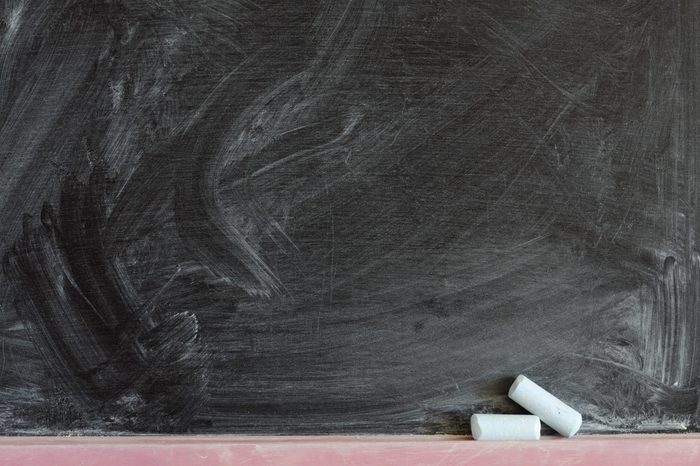
Chalkboards
Ever have to bang erasers after school? That old punishment is a thing of the past, just like the traditional chalkboard. Chalkboards have been replaced by whiteboards and, in some schools, smart boards or other interactive displays to incorporate technology into teaching. These allow teachers to create interactive lesson plans and access online resources for students. No one really liked dusty chalk, anyway.

AV carts
Remember cheering with joy when you saw a substitute teacher roll in an AV cart with a television strapped to the top? (Movie day!) AV carts are one of many school features that disappeared as classrooms became more self-contained and tech-savvy. These days, most classrooms come equipped with built-in projectors or smart displays, so AV carts are yet another example of things not in schools anymore.
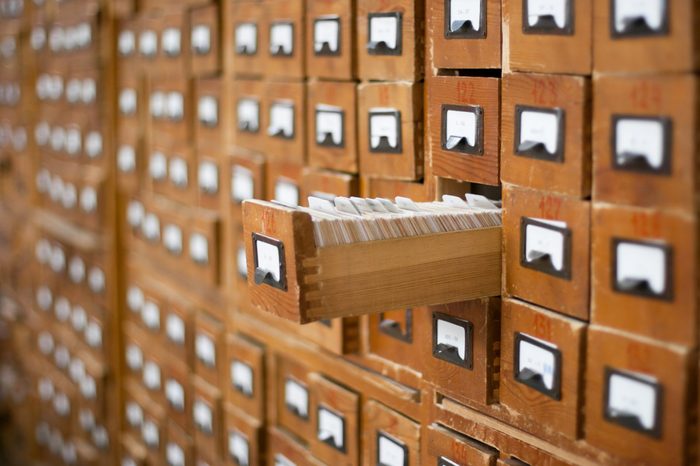
Card catalogs
Gone are the days of students sifting through tiny drawers to find a particular book or source of information. Libraries are all digital now, including the card catalog. Whether they’re checking out a book or researching a science fair exhibit, kids can find everything they need through the online library system with just a few clicks on the computer.
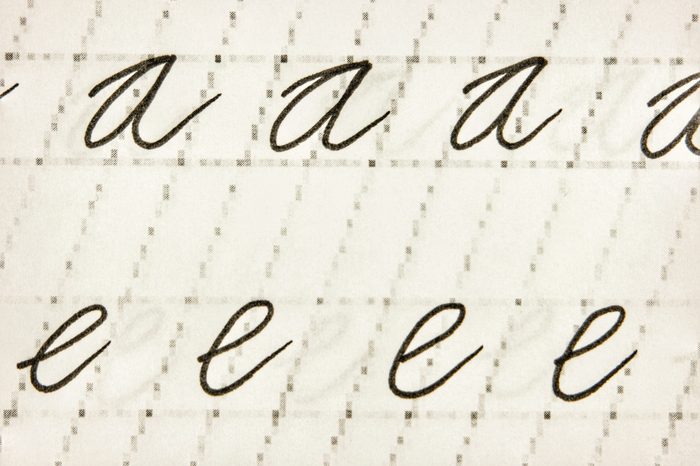
Cursive writing
Cursive writing is one of those old-school practices that helped develop motor skills and memory. Your pencil flowed across the page in loops and swirls. It felt nice when you got it right, like drawing words. Today, cursive handwriting is a bit of a lost art. Some states still have it as part of their curriculum, but it’s becoming less relevant in daily life as people migrate almost exclusively to electronic communication.
But it’s not lights-out on this skill just yet. Several states have passed (or at least are considering) legislation to put cursive back in the curriculum, citing improved memory and reading skills.
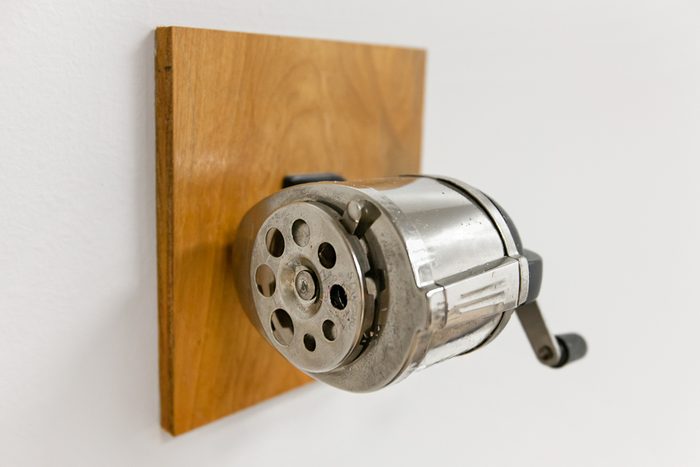
Wall pencil sharpeners
Wall-mounted pencil sharpeners were always a pain, even for students 100 years ago. You either sharpened your pencil unevenly, or the metal part detached, sending pencil shavings onto the floor. Today, many classrooms have electric sharpeners, and mechanical pencils are more popular now than they were decades ago. You can still find these old-fashioned pencil sharpeners in some schools across the country, but even then, students tend to associate them with classrooms in the past.
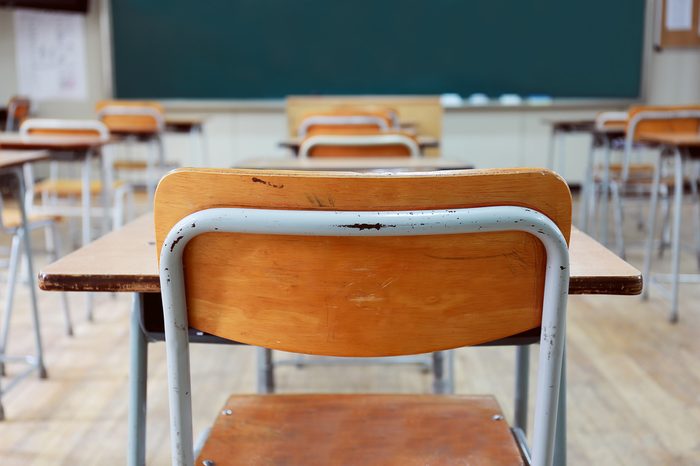
Traditional desks
Decades ago, students often had identical desks with a tan top and a ridge to hold their pencils. They were boring and utilitarian, and probably covered in graffiti with chewing gum stuck underneath. Now, more and more schools incorporate different types of seating arrangements for their students to enhance learning. Groupings of tables have long been an alternative to individual desks, and some schools are trying standing desks to help kids who benefit from more activity.

Dodgeball
Ahh, the stress relief that comes along with slamming a ball at your classmates’ faces during gym period. Dodgeball is a controversial childhood game, and over the decades, its popularity has gone up and down. Today, you can find schools that endorse it, forbid it and everything in between, and public opinion tends to be fierce. But one thing is true: Dodgeball is one of these old-school practices that’s less prevalent now than when you were growing up.

Pull-down maps
Back in the day, many teachers had a set of pull-down maps hanging above the whiteboard or chalkboard. During geography or history class, they’d pull down the maps so students could see where things took place and learn the locations of all the states. Today, a teacher is more likely to project an image onto a whiteboard or smart board, or reference a map available on a kid’s tablet or laptop.
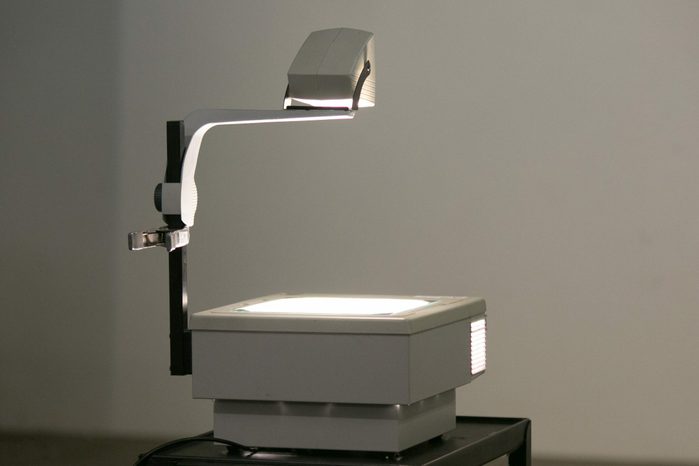
Overhead projectors
Remember overhead projectors? These nostalgic school items were low-tech to the extreme. To display math problems or vocabulary words to the entire class, teachers would write on clear sheets of plastic and project the image to a pull-down screen using mirrors and a light bulb. The sheets of plastic could be saved for the next class or easily cleaned between lessons. Now it’s becoming more common for teachers to use electronic devices to write on a screen that is then projected at the front of the classroom.

Analog clocks
Kids have so much technology around them nowadays that many don’t even know how to read an analog clock. With analog clocks, you could hear the tick-tick of the second hand moving. Sometimes, you’d stare at it during a boring lesson, waiting for the minute hand to move just one tiny step. Some schools are removing analog clocks and replacing them with digital ones because students can’t figure out how much time is left when taking standardized tests. Many teachers still agree, though, that learning how to read an analog clock is a very important lesson.
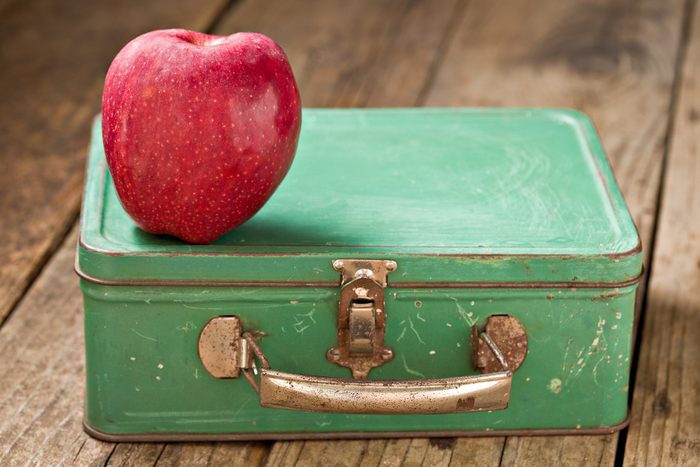
Metal lunchboxes
Before it became cooler to carry our PB&Js in nondescript brown paper bags, everyone had a metal lunch box. From Star Wars and Charlie’s Angels to Dukes of Hazzard and My Little Pony, your lunch box choices mattered—so you better pick a good one. Metal lunch boxes soon gave way to plastic, but today, you’re more likely to see kids eating out of Bento boxes instead of a Thermos emblazoned with John Travolta’s face.

Chalk holders
If you were a music kid decades ago, you probably remember the vintage gadget known as the chalk holder, aka staff liner. Teachers used it to draw perfectly symmetrical musical staffs on the chalkboard. Traditional chalk holders have mostly given way to computers and whiteboard staff liners, which use dry-erase markers instead of chalk.
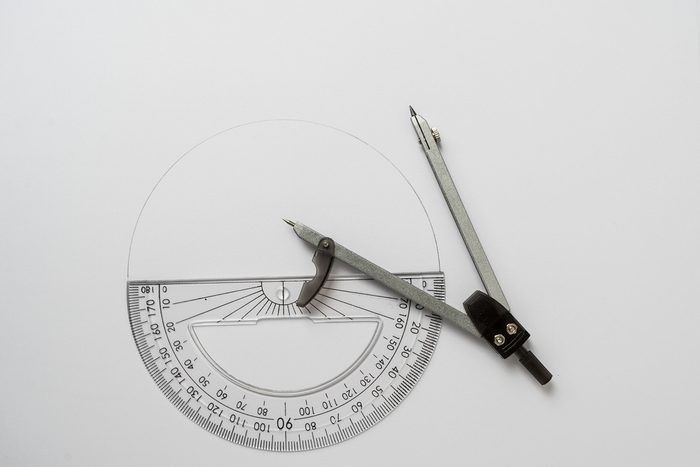
Compasses and protractors
Boy, geometry was a pain when you had to draw a circle. Even though you had a compass and a protractor, that compass could get wild and tear up your paper if you weren’t careful. While you might find some kids using these tools today, students are more likely to use computer software for measuring angles in math class.

Graphing calculators
At a certain point in your math education, your dad’s old desk calculator didn’t cut it anymore, and your parents had to shell out money for a graphing calculator. It was expensive, but how else could you learn all those mathematical formulas? If you were really savvy, you could even add games to your graphing calculator. These days, tablets and smartphones have taken on many of the functions of old-school graphing calculators, but in some higher math classes, you still need them.
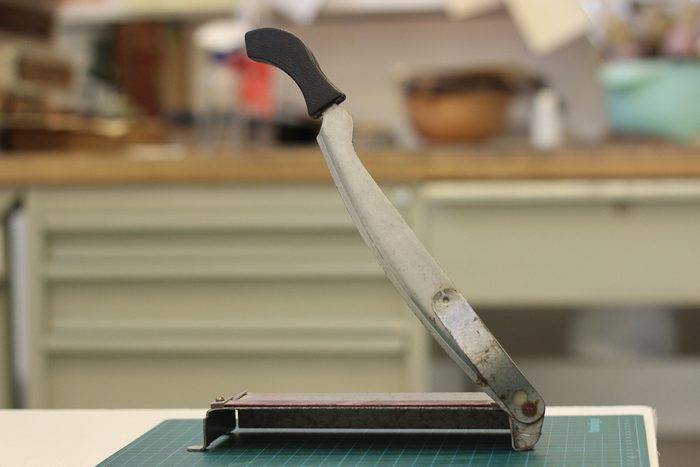
Paper cutters
When’s the last time you had to cut some paper? Paper cutters are among those nostalgic school items that modern students wouldn’t recognize today, probably because they look like an accident waiting to happen. Shaped like a guillotine for your hand, paper cutters made a wonderful crisp sound as they sliced through a stack of construction stock, but they’ve become increasingly obsolete as safer cutting options have taken over.

Trapper Keepers
Trapper Keepers were all the rage for students looking to stay organized. Like lunch boxes, Trapper Keepers often had a theme, such as a TV show or movie, and they were the ultimate nostalgic school items for kids growing up in the ’80s and ’90s. These days, almost every kid carries around a laptop or tablet instead.

Thermoses
Thermoses weren’t just for your mom or dad to take to work. If you had a lunchbox, you had a thermos too—specifically, one from the Thermos brand. It came with a little plastic top that doubled as a cup or bowl. Parents filled them with hot cocoa or soup, and you’d unscrew the lid at lunch and still feel warm steam on your face. Or your Thermos kept milk ice cold (back when kids drank milk for lunch). These days, there are many insulated containers that will keep food and drinks hot or cold, but the Thermos will always be tops.
Why are so many things not in schools anymore?
Education has evolved with technology, and items that were once essential have been replaced by digital tools and interactive learning methods. These changes aim to improve efficiency, accessibility and engagement in modern classrooms. In short: The times, they are a-changin’.
Why trust us
At Reader’s Digest, we’re committed to producing high-quality content by writers with expertise and experience in their field in consultation with relevant, qualified experts. We rely on reputable primary sources, including government and professional organizations and academic institutions as well as our writers’ personal experiences where appropriate. We verify all facts and data, back them with credible sourcing and revisit them over time to ensure they remain accurate and up to date. Read more about our team, our contributors and our editorial policies.
Sources:
- TeachHub: “Technology in the Classroom: the Benefits of Smart Boards”
- Education Week: “Why Don’t the Common-Core Standards Include Cursive Writing?”
- Education Week: “The Number of States That Require Schools to Teach Cursive Is Growing”
- U.S. News & World Report: “Why Cursive Is Finally Making a Comeback in Public Schools”
- Science: “Google Effects on Memory: Cognitive Consequences of Having Information at Our Fingertips”
- The Telegraph: “Schools are removing analogue clocks from exam halls as teenagers ‘cannot tell the time’”
- USA Today: “Some students don’t know how to read analog clocks. Is it the end of an era?”




















